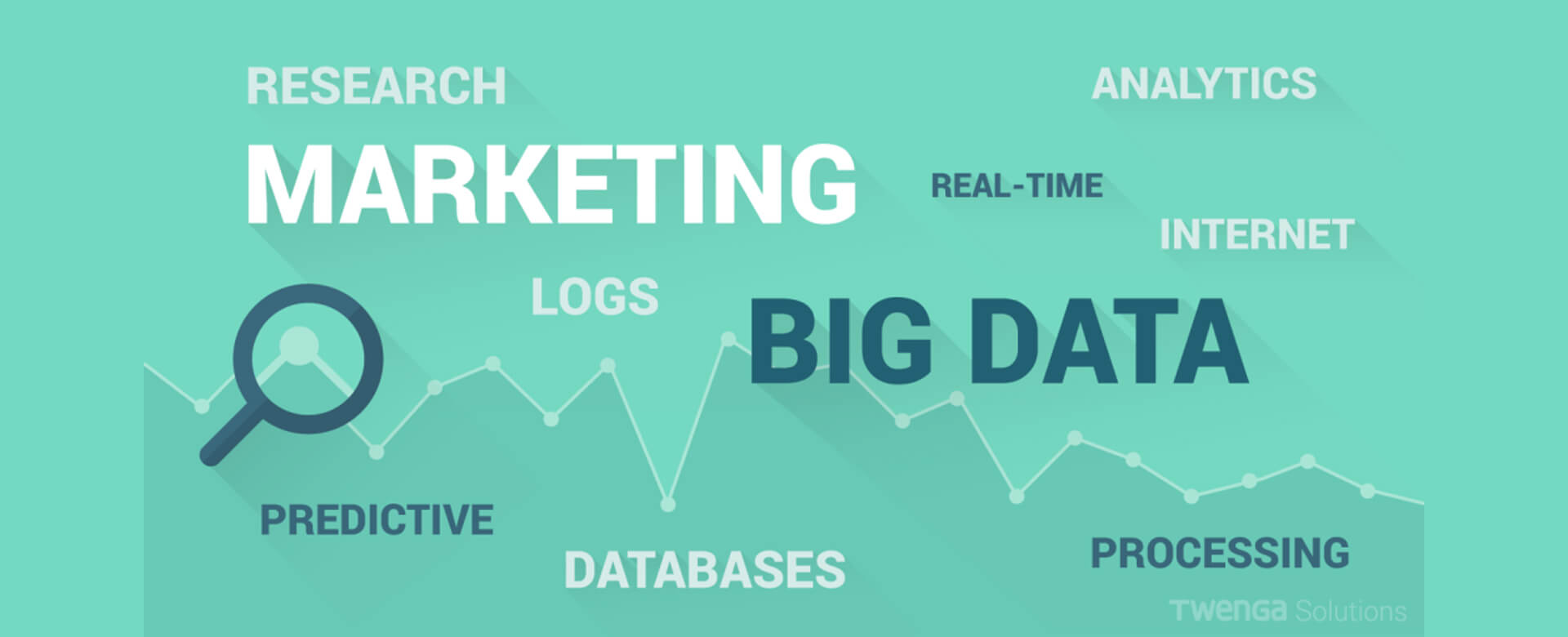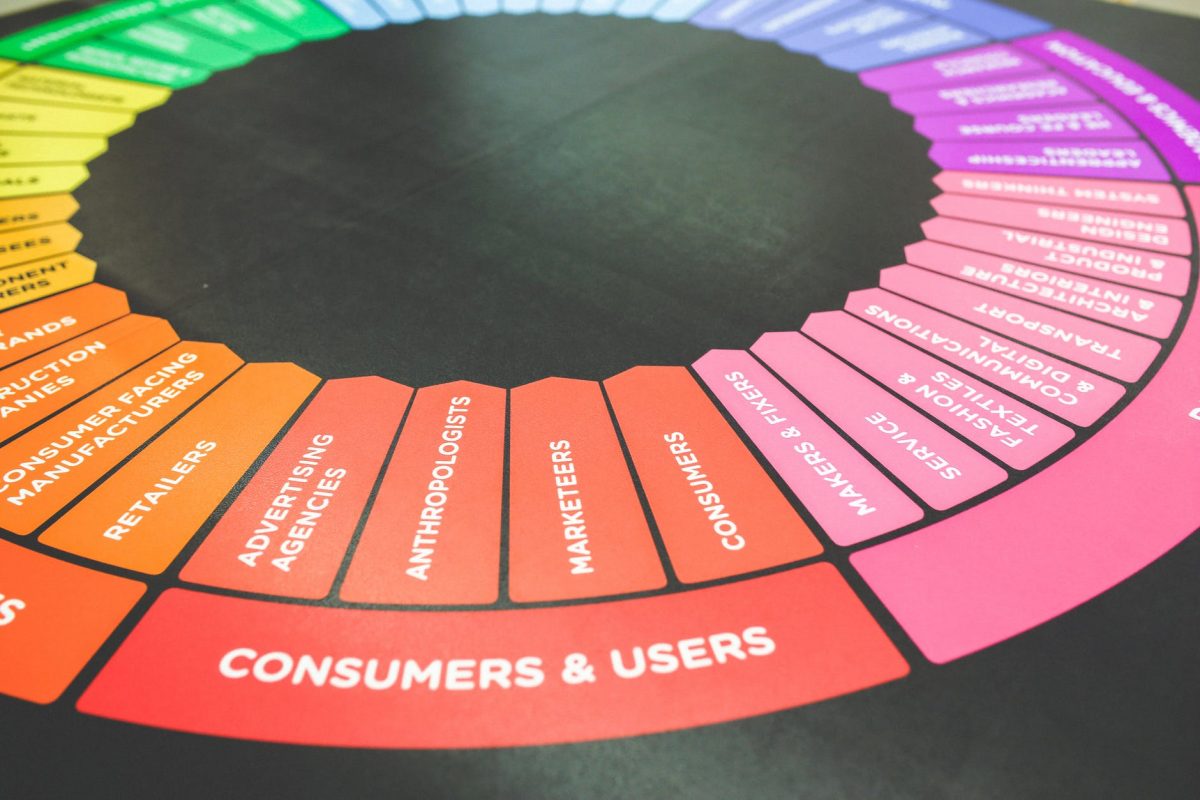How Marketing has changed with Big Data
Last updated on: 19th June, 2025 | Marketing Musings | Bruno Varghese Nellissery, AGM - Marketing << back to blog

Published on: 27th September, 2018
One keyword that has hijacked almost every industry, forum, and academia in recent times – ‘Big Data’. It is playing a major role in changing the economic landscape of a country and also redefining the role of businesses across organizations. Since, it supports in analyzing the quality and real time feedback of a customer, further enabling companies to manipulate their data and strategize their goals, it is a clear indication that Big Data plays an significant facet in Marketing.
Before we begin, what’s Big Data?
Simply put – deals with the heterogeneity and complexity of the data available to make decisions. It is huge in size and is available in both – Structured and Unstructured form. It is true that most of the data collected is unstructured that has to be further pruned and sanitized to make it useful for marketers.

Now, let us analyze how Big Data has changed the marketing functions, impacted trends and what the future holds for marketers:
Predictions and Prescriptions: The biggest advantage of using Big Data is sharpening forecasting and predictive modelling. Classification and Regression techniques are refined over time with the help of scores of data available.
Precision in STP: Big Data plays a big role in clearly defining the Segmenting, Targeting, and Positioning strategy of a company. This enhances the propensity to win potential customers and subsequently leads to reducing customer acquisition costs and increasing retention rates.
Customization & Personalization: Brands are leveraging social media analytics to personalize online profiles and give them life. This in turn helps brands to know the customer’s location, tastes, preferences, needs and wants. Bases on the utilitarian or symbolic behavior of the customer, marketers can personalize marketing communication to ensure that leads are not only converted into customers but existing customers also get upgraded to brand evangelists.
Mitigation of Risks: The profound customer insights gathered with the help of Big Data helps in minimizing risks associated with running marketing campaigns as a certain desired outcome is predicted based on past behavior. The instant engagement with customers gives brands a detailed understanding of consumer behavior and existing business strategies can be tweaked to cater to unmet demands.
Shift from brand management to experience management: Big Data enables aggregators such as Amazon in shopping and AirBnB in travel to suggest products based on net promoter score and consumer rating. This means that brands not only have to manage the branding of the product/service but also the word-of-mouth publicity the brand attracts online.
Having listed the above, here comes the underlying question – from where do we get all this Big Data? Well, let’s take a look at a list of activities one performs throughout the day – Snooze the alarm n number of times before finally waking up, checking mails and messages, read through the news app, book a cab to workplace , so on and back at setting up alarm once again for the next day. This is nothing but, leaving behind a digital footprint that can be tracked, also a part of Big Data.
This strongly implies that marketers have to rely heavily on Big Data to create, communicate and deliver value to the customers. It is said that Data is oil of the 21st century. But, just like oil, it is of no use if we don’t refine it. Platforms such as Hadoop, MapReduce work on large files of data to simplify the information available for a sound decision making. However, can businesses run on decisions based on data alone? Not really. Because, humans are inherently complex creatures, and we think, behave irrationally. And this is where human judgment kicks in and a deep knowledge of anthropology and ethnography is required to make informed decisions. Hence, marketers will have to blend creative thinking, conventional wisdom, experience and data to identify target audience, segment clusters, customize product offerings, and personalize communication. This marriage of traditional marketing and digital marketing will take the value delivery mechanism to another level. This level is where brand perception is formed and if managed well can crystallize into a positive attitude.

Of course, every advancement in technology and change in function comes with a cost. The cost here is the possibility of putting off the customer with too many targeted ads or messaging that could be highly intrusive. Privacy and data theft is a major concern for companies and without strong compliance checks in place, marketers can face the wrath of negative branding. In the case of online advertising, customers can turn a blind eye to incessant and native advertising that may further lead to ad banner burnout. The trick lies in knowing when and where to stop marketing the product/service after taking all data points into consideration.
In conclusion, we can say that Big Data is a double-edged sword and can make or break a brand. However, what can be counted does not always count! What is measurable may not always be valuable! Marketers will need to skillfully distill useful data from vast ocean of Big Data available to weave a story that will connect the dots between the brand and the customer. After all it’s a game of delight and in the end, it is customer who wins.
Authored by Deepak Narang, PGPM Class of 2019, Great Lakes Institute of Management, Chennai
*Image credits – Google Images